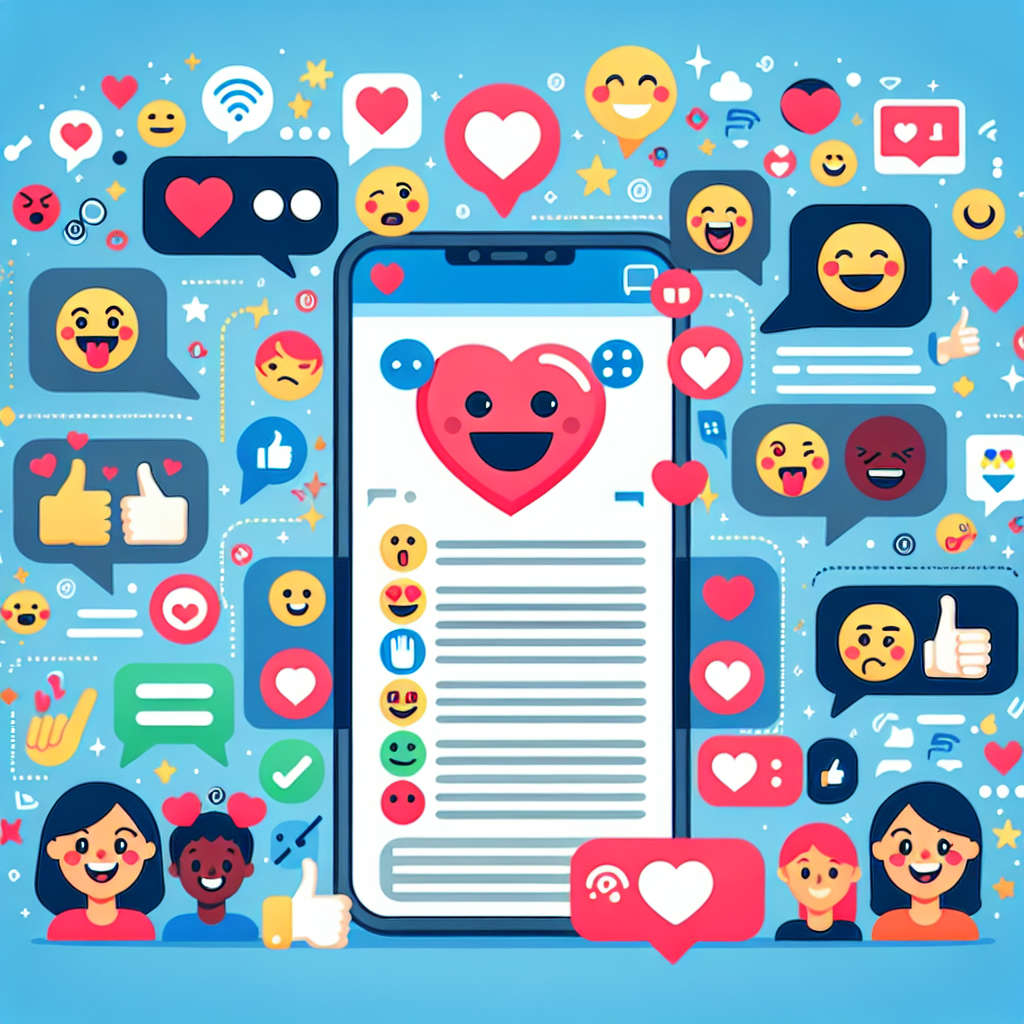
Non-verbal cues and face-to-face interactions are replaced by an ever-growing lexicon of emojis, each capable of communicating subtle nuances and emotions. With Slack becoming an indispensable tool for team collaboration, mastering emoji communication has emerged as an unexpected, yet crucial, skill for effective online interaction.
The ascent of digital communication has witnessed the emergence and evolution of a distinctive form of expression—the emoji. These vibrant symbols have ingrained themselves into our contemporary text-based conversations, finding a permanent residence in platforms dedicated to efficient communication and collaboration, such as Slack.
The genesis of emojis traces back to the early days of the internet, where limitations in character count prompted the need for concise expression. The first emoticons, simple combinations of punctuation marks like 🙂 to denote a smile, paved the way for more elaborate graphical emojis. In 1999, Shigetaka Kurita created the first set of 176 emojis, combining Japanese kanji characters with Western ideograms. Initially confined to Japanese mobile devices, emojis soon spread globally.
The advent of smartphones and the rise of messaging apps catapulted emojis into mainstream communication. Their universal appeal transcended language barriers, allowing individuals to convey sentiments and emotions succinctly. Slack, as a platform designed for efficient workplace communication, embraced emojis as an integral feature.
Today, the emoji lexicon continues to expand, encompassing an extensive array of expressions, objects, and gestures. Companies and teams often create custom emojis to foster a sense of community and identity. The evolution of emojis in Slack mirrors society’s shift towards more expressive, succinct, and inclusive forms of communication, emphasizing the importance of visual elements in our digital dialogues.
Mastering Mood with Minimalism
In an environment where remote work reigns supreme and face-to-face interactions are often absent, the need to gauge someone’s tone or mood from text can be a steep challenge. Here’s where emojis become invaluable. In the realm of Slack conversations, users frequently employ emojis to represent emotions and reactions that might otherwise require paragraphs to express. A simple thumbs-up 👍 can signify approval or agreement, freeing up the virtual floor for others to continue the dialogue. Meanwhile, a laughing face 😂 effortlessly replaces lines of “haha’s” indicating the humorous side of conversations. These emojis serve as a translation of non-verbal cues, filling the gaps where words fall short and ensuring that the intended tone isn’t lost in translation.
As a benefit, using emojis as shorthand maintains clarity and cuts down on message length, making it ideal for quick updates and sign-offs. A wave 👋 can be a warm hello or goodbye, and a check mark ✅ could imply task completion—all without typing a single word. This efficiency makes it easier for team members to scroll through messages, identify important updates, and react promptly.
Colorful Coordination and Feedback
In the swirl of daily tasks, project updates, and deadlines, Slack channels can become inundated with messages. Emojis step in to provide a visual anchor for different conversation threads or topics. By sustaining an organized, emoji-led labeling system, users can quickly scan through channel content and pinpoint relevant discussions. A calendar emoji 📆 can reference scheduling matters, while a magnifying glass 🔍 might indicate an in-depth analysis or search for insights.
Feedback has also been revolutionized through emojis. Custom emoji reactions let users quickly respond to messages, which can be instrumental in gauging consensus or sentiment without clogging the channel with additional comments. A single message can accumulate a series of emoji reactions that offer a quick read on team feelings—an essential pulse check in a virtual setting.
Emojis as Creative Catalysts
Beyond their functional role, emojis spur creativity and personal expression in Slack. Team members often create custom emojis relevant to their company culture or inside jokes, fostering a sense of community and belonging. It’s not uncommon to see a company mascot turned into an emoji or symbols that represent common team experiences. These custom emojis reinforce a shared identity that enhances team cohesiveness and camaraderie.
Yet, this creative outlet isn’t limited to the existing library of emojis. The freedom to devise new combinations leads to a quirky visual vocabulary exclusive to a team or project. A lightbulb 💡 in conjunction with an exploratory rocket 🚀 could mean an innovative idea is ready to take off. Such ingenuity in emoji communication not only sparks more engaging conversations but also encourages team members to think differently about how they convey their messages.
Emoji Etiquette and Evolution
As with any language, there’s an etiquette to emoji use in Slack. It’s important to consider the channel’s purpose and the team’s culture. While a stream of playful emojis might reign in a casual team chat, more reserved use could be suitable for official updates or interactions with clients. Being attuned to the frequency and context of emoji usage helps maintain professionalism and respect.
Moreover, emoji communication in Slack isn’t static – it evolves with each interaction and team dynamic, constantly being refined by the collective input of its users. As new emojis are added to the global library and custom icons are created, the possibilities for conveying complex ideas or launching interactions with a touch of levity grow exponentially. Emojis aren’t just about symbolic writing but a versatile and robust form of modern-day hieroglyphics that keep the spirit of teamwork alive.
Emojis have transcended their role as mere appendages to text. In the bustling digital ecosystem of Slack, they bring efficiency, clarity, and communal warmth to the forefront. Learning to wield these tiny pictorial powerhouses effectively means mastering a critical aspect of modern communication—a skill that, undoubtedly, adds value to both our professional networks and our digital conversations. As our screen times soar and our virtual interfaces multiply, taking the time to appreciate and utilize the art of emoji communication in Slack could just be the expressive edge that helps keep our collaborations both fruitful and joyous.
